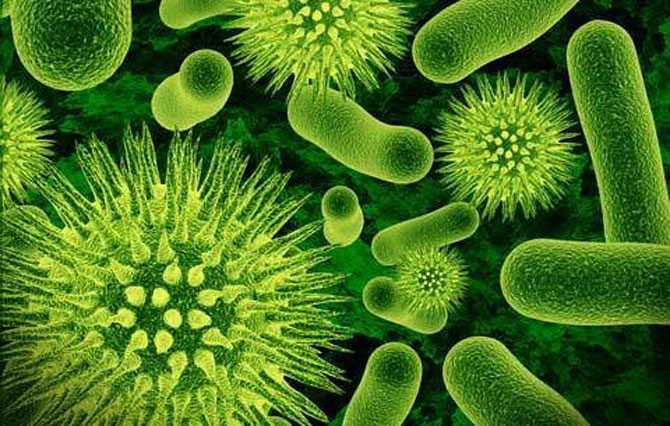New Drug-Resistant Strain of Gonorrhea in Australia

A new strain of the sexually transmitted disease gonorrhea that is resistant to multiple antibiotics has been identified in Australia, according to a new report.
This strain of gonorrhea bacteria, called A8806, was discovered in late 2013 in a European woman who was traveling in Australia. The woman went to a sexual health clinic because she was experiencing vaginal discharge, and tested positive for gonorrhea. The week before, the woman had had sex with a new partner, who was also a European traveler, the report said.
Researchers are concerned about this bacteria strain because they do not know how common it is, and whether it is present in other countries around the world, said David Whiley, an infectious disease researcher at the Queensland Children’s Medical Research Institute in Brisbane, who worked on the woman's case and wrote the report with his colleagues.
"Compared to the rest of the world, Australia has very good gonorrhea surveillance, and this is likely [a] key to us actually finding this strain here," Whiley said. "Our main concern is that it is quite possible that the strain is spreading in populations outside of Australia but is not being detected."
An analysis of the bacteria infecting the woman showed that it was resistant to three antibiotics — penicillin, ciprofloxacin and ceftriaxone. The A8806 strain shares some genetic similarities with another drug-resistant strain of gonorrhea bacteria, called H041, which was discovered in 2009 in a sex worker in Japan, the report said.
Over the last three decades, gonorrhea has become increasingly resistant to antibiotics, leaving few options left to treat the disease. Ceftriaxone is the only remaining drug recommended to treat people with gonorrhea, because it is thought to be the most effective.
But the new report suggests that the bacteria that cause gonorrhea are becoming resistant to ceftriaxone, Whiley said.
Get the world’s most fascinating discoveries delivered straight to your inbox.
The new findings are "yet another warning shot highlighting that ceftriaxone as a successful therapy for gonorrhea may soon be coming to an end," Whiley told Live Science in an email. "The history of gonorrhea resistance tells that once the first signs of resistance to an antibiotic begin to emerge, then it is generally not very long before such resistant strains become widespread." [6 Superbugs to Watch Out For]
The European woman at the center of the report was treated with an injection of ceftriaxone, and an oral dose of the antibiotic azithromycin. The treatment worked — two months later, she tested negative for gonorrhea.
Even though laboratory tests show that the A8806 strain is resistant to certain doses of antibiotics, this does not mean that the drugs will never work for people who contract the strain, Whiley said. However, the strain is "likely" to be resistant to the drugs in at least some cases, he said.
In this woman's case, the antibiotic azithromycin may have been key to the successful treatment, Whiley said. (The A8806 strain appears to be sensitive to azithromycin).
The new report is published in the Nov. 6 issue of the New England Journal of Medicine. It is the first report of the A8806 strain to be published in a scientific journal.
Gonorrhea is caused by the bacterium Neisseria gonorrhoeae and is spread through sexual activity. People with gonorrhea often show no symptoms, but the disease can lead to serious complications, including infertility and chronic pelvic pain in women, and in men, epididymitis, a painful inflammation of the ducts attached to the testicles that may cause infertility if left untreated, according to the Centers for Disease Control and Prevention.
Follow Rachael Rettner @RachaelRettner. FollowLive Science @livescience, Facebook& Google+. Original article on Live Science

Rachael is a Live Science contributor, and was a former channel editor and senior writer for Live Science between 2010 and 2022. She has a master's degree in journalism from New York University's Science, Health and Environmental Reporting Program. She also holds a B.S. in molecular biology and an M.S. in biology from the University of California, San Diego. Her work has appeared in Scienceline, The Washington Post and Scientific American.


